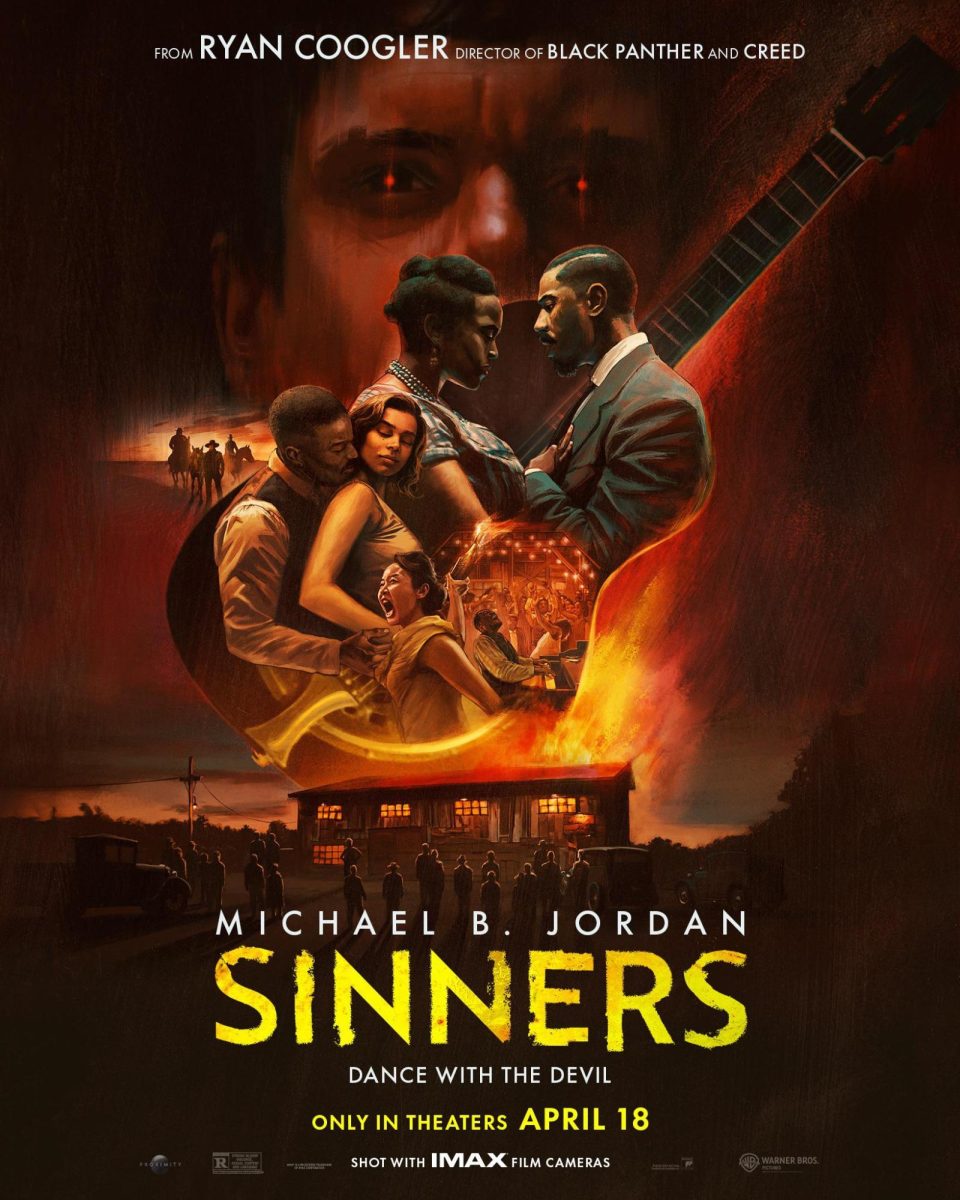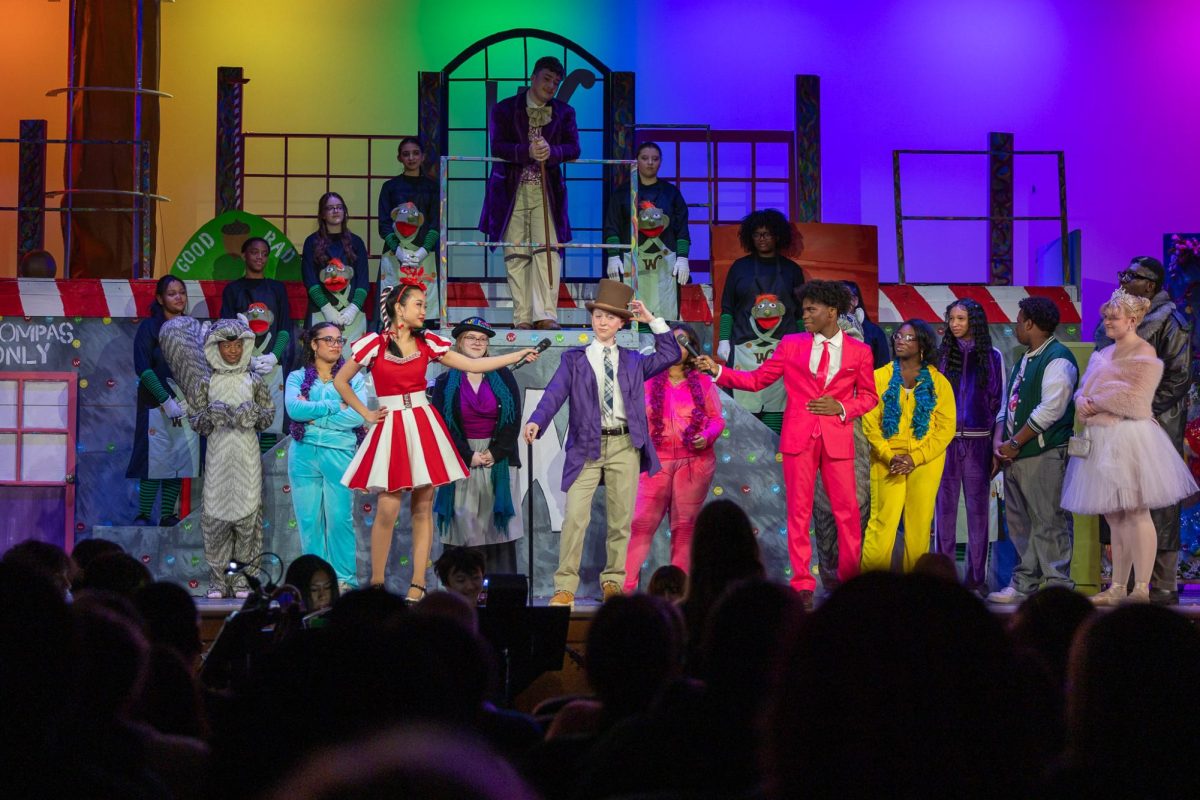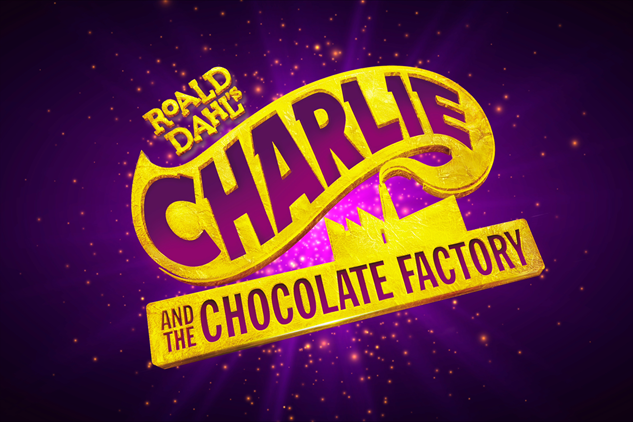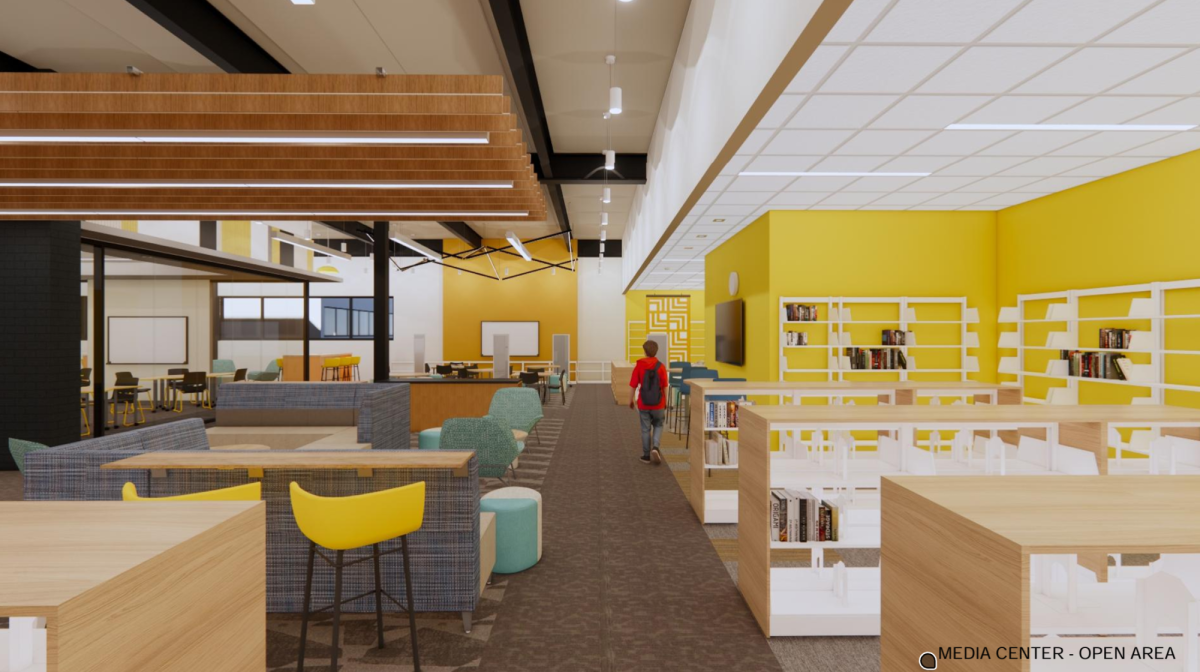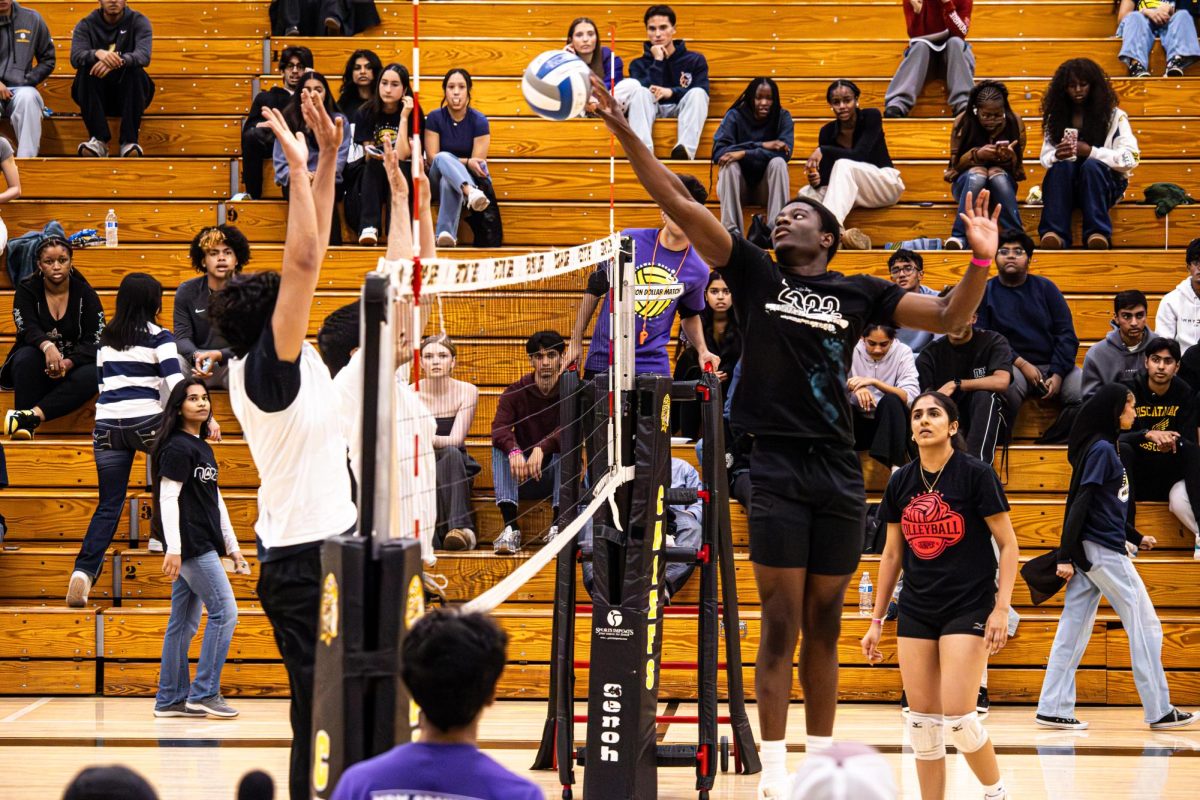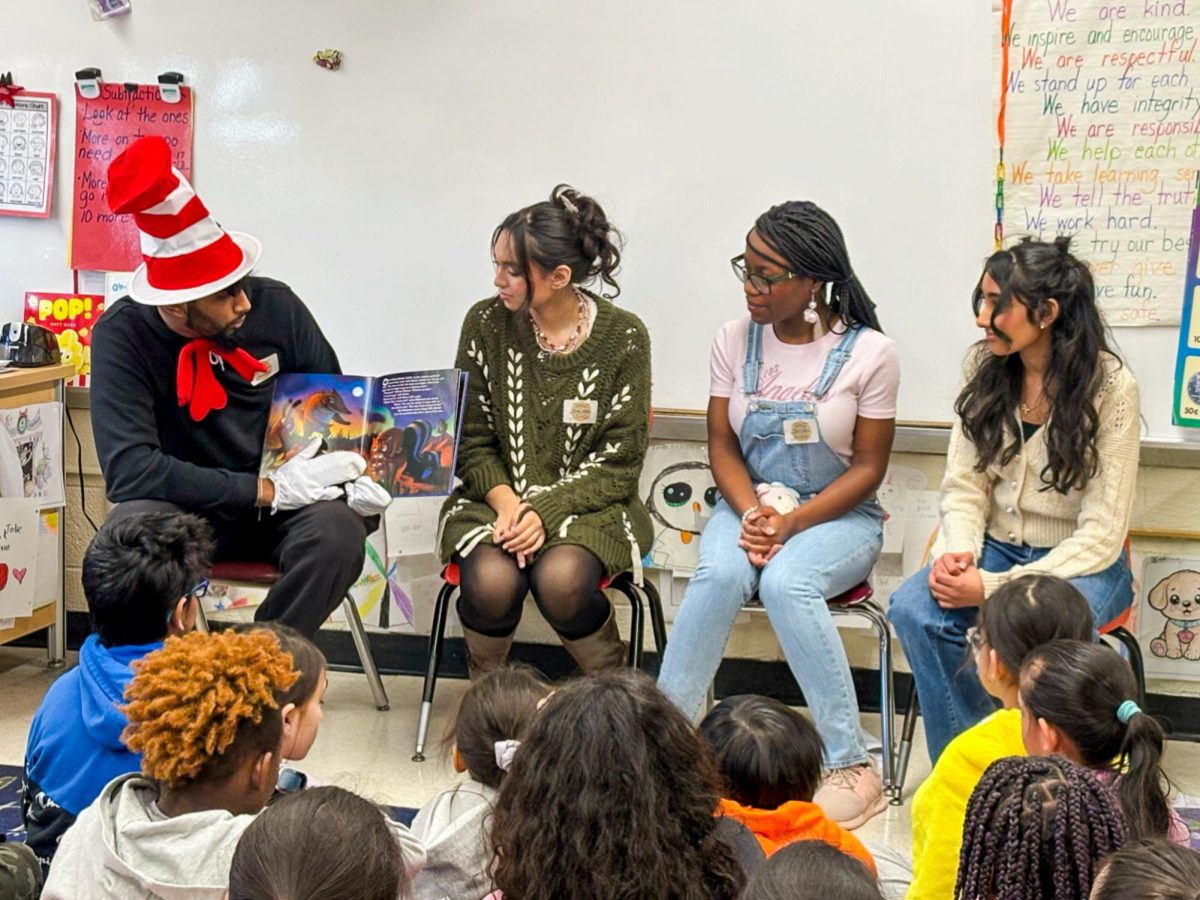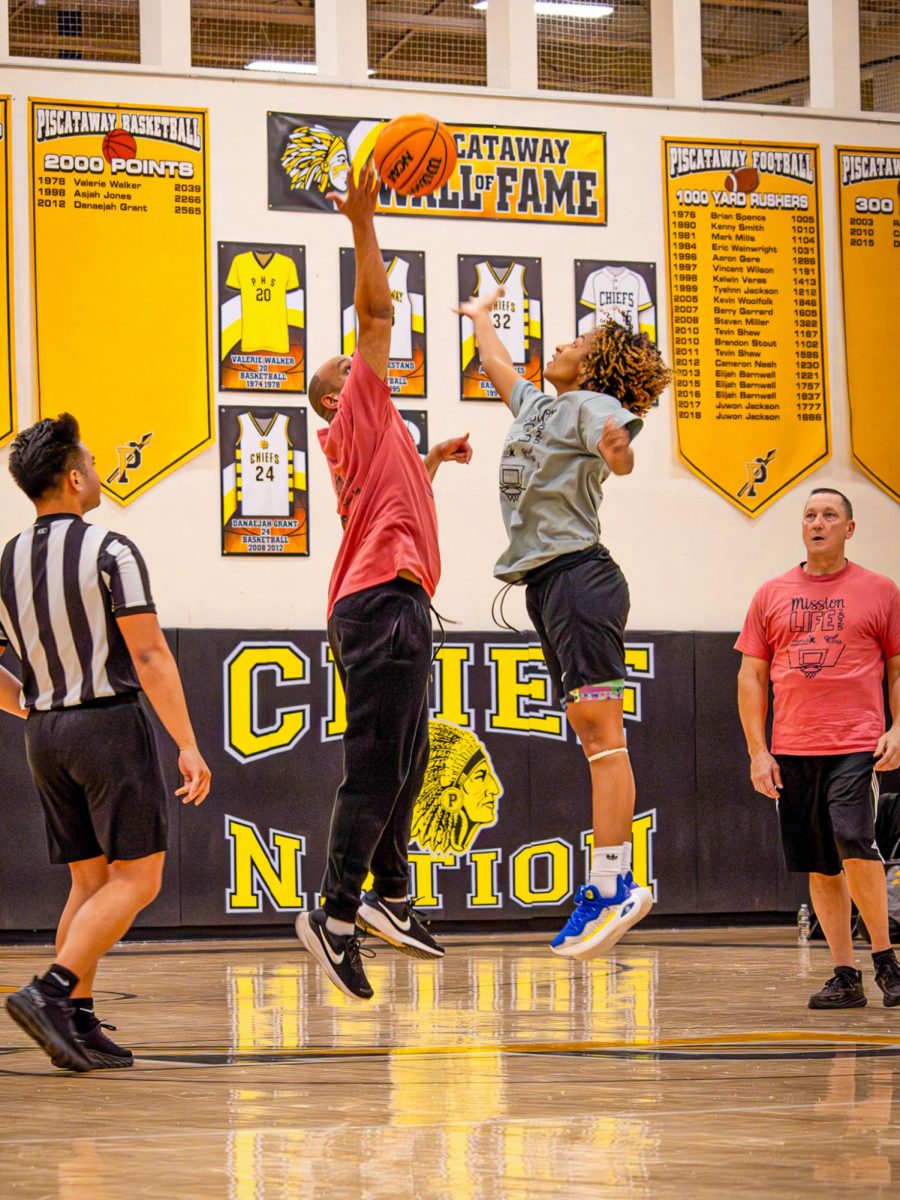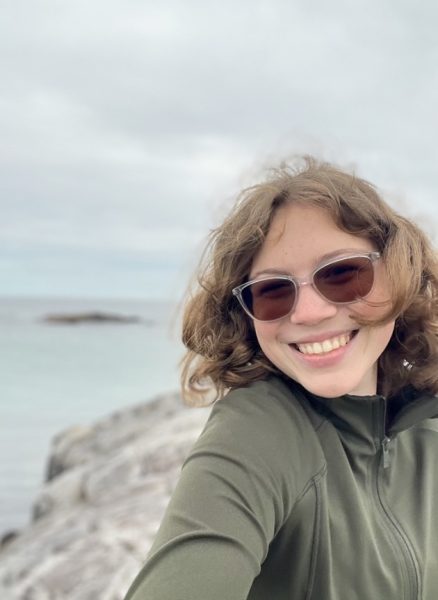After the reveal of the new Percy Jackson adaptation on Disney+, which I reviewed here 😉 I became very excited for Netflix’s release of the new Avatar: The Last Airbender adaptation later the same month, convinced that this year would be the year for well-produced live-action adaptations. While Netflix’s adaptation was very well done, there are some core elements that were missing that made the original Avatar: The Last Airbender such an amazing show.
The original Avatar: the Last Airbender animated show, which first aired in 2005 on Nickelodeon, is one of the best shows in the entertainment industry. For many viewers, including myself, it holds a special place in our heart, as it is a show that is silly and comedic, yet also discusses very mature topics. It confronts dark ideas such as genocide, misogyny, and parental abuse, yet still makes you laugh with goofy animation or Sokka’s cactus juice (If you know, you know). More than 20 years after it first aired, it is still widely viewed! However, with success come sequels and dreaded live action attempts.
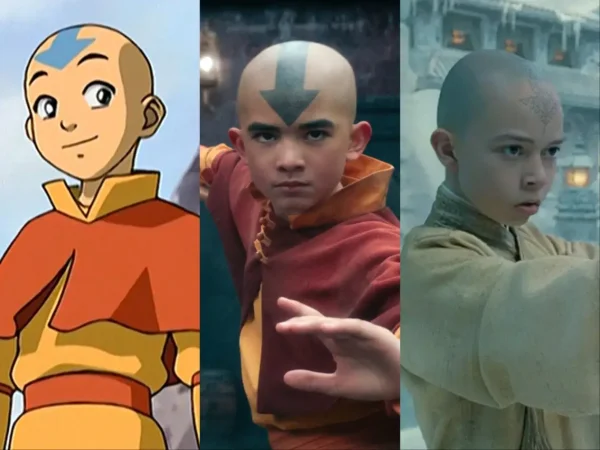
In 2010, five years after the original show aired, film director M. Night Shyamalan decided to make the first attempt on a live action remake of Avatar the Last Airbender. Let’s just say that, like the first Percy Jackson film attempts, it was a mess. While the creators of the original series, Michael Dante DiMartino and Bryan Konietzko, were both executive producers, they expressed their disappointment. “We didn’t want it to be done at all. Before anyone was attached, we didn’t want it.” said Konietzko in a podcast. From the character’s names being pronounced wrong to the horrifically bad “bending”, I can see why the creators wanted no part in it. Critics and fans hated it as well, as it has a dismal rating of 5% on Rotten Tomatoes.
A new attempt on a live action series was first announced in September 2018, with DiMartino and Konietzko signing on as executive producers and showrunners. However, in June 2020, they both left due to creative differences. DiMartino wrote that “It was the hardest professional decision [he’d] ever had to make”, and Konietzko released a statement on his social media that claimed “Though I got to work with some great individuals, both on Netflix’s side and on our own small development team, the general handling of the project created what I felt was a negative and unsupportive environment”. DiMartino continued, “Netflix’s live-action adaptation of Avatar has the potential to be good. It might turn out to be a show many of you end up enjoying….But what I can be certain about is that whatever version ends up on-screen, it will not be what Bryan and I had envisioned or intended to make.” After the creators left, Netflix decided to continue to produce a live action series led by Alber Kim, even though many were worried about the final product. An eight-episode series was made, covering the 8 hours and 9 minutes of “Book 1: Water” of Avatar the Last Airbender in 7 hours and 10 minutes of live action.
Avatar: the Last Airbender is a story of a young boy named Aang, an “airbender” (someone who can control the air), who after he learns that he’s the Avatar (someone who can master all four elements), has left his fellow Air Nomads in an act of selfishness. In doing so, he is trapped in an iceberg with his flying bison, Appa, for 100 years due to a life-threatening storm. When he wakes up to siblings Katara, a waterbender, and Sokka, he learns the hard truth–that during the past 100 years, all the airbenders and Air Nomads have been wiped out by the Fire Nation, an empire ruled by Fire Lord Ozai, and that the word is in an ongoing war. With the help of his friends, Aang has to learn all four elements, Water, Earth, Fire, and Air to stop the war and restore balance to the world.
Compared to the 2010 movie, this remake isn’t bad at all. The casting for the 2010 film sparked controversy, as they hired non-asian actors for many of the lead roles. However, the casting for the new one is much more diverse. “The fact that it’s an all Asian cast…so many Asians in the writers room it felt right” says Daniel Dae Kim, who plays Ozai. “Katara was one of the only people that I could really see myself in,” says Kiawentiio, an Indigenous actor. “With the role model that she is for young Indigenous women, it’s hard not to be drawn to her, especially when the representation is so scarce.”
The portrayal of the world was really beautiful. When you’re trying to make a world that has animals such as flying bison and badgermoles, you have to be careful to get the CGI just right. However, the effects were really good compared to the 2010 one. (I mean, just look at Appa!) The “bending” was great, even though the water and air bending could have been better. Overall, it was really meaningful for me to see the world of Avatar come to life.
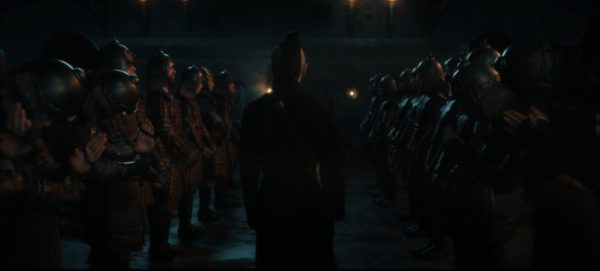
The acting is what many people were arguing about online. Personally, Dallas Liu as Prince Zuko was amazing. He captured the sass and drama of Zuko, and blew me away on how accurate it was. He even looks like how I’d imagine Zuko to look like in real life. Alongside Liu, Paul Sun-Hyung Lee as Iroh, Ian Ousley as Sokka, Sebastian Amoruso as Jet, Daniel Dae Kim as Fire Lord Ozai, Maria Zhang as Suki, Gordon Cormier as Aang, and Momona Tamada as Ty Lee all were perfect for their roles. However, Kiawentiio as Katara, Ian Ousley as Sokka, and Elizabeth Yu as Azula faced some backlash, not for their acting, but over the writing of the characters.
Katara in the animated series is snappy–if you criticize her, she will tell you her place. While not overly confident, she stood up to oppressors and used her voice. She all did this while being the “mother” of the group, the one who was forced to grow up fast due to the loss of her mother as a young child. In the original, her anger at Sokka’s sexism and ignorance is what awakens Aang from the iceberg. However, in the new one, that is not the case. Her waterbending a canoe is what triggers the iceberg, and there is no mention of Sokka’s sexist remarks or his ignorance. Kiawentiio’s Katara doesn’t have the anger or the motherly figure, and she is too soft spoken and insecure. While this is due to the script and not the acting, it disappointed many fans, causing frustration to be directed towards Kiawentiio.

The same logic applies to Ian Ousley as Sokka. Based on physical appearance, Ousley was perfect for the role. However, the writing took out key points that made the Avatar story so successful. In the first few episodes, Sokka has some ‘sexist’ views. Growing up in an isolated place where men are supposed to be soldiers and facing the loss of his mother, it is reasonable that he thinks that “girls are better at fixing pants than guys, and guys are better at hunting and fighting and stuff like that. It’s just the natural order of things”. Later, when Sokka is defeated by Suki, a Kyoshi warrior, he states, “There’s no way a bunch of girls took us down.” Throughout the episode, Suki teaches Sokka that women can be warriors, and changes the way Sokka sees gender and strength. This mini-arc of Sokka’s character, while not important to the storyline, was a significant arc for his character because it molded him to the respectful teen we see of him later in the series. In the live action one, however, Sokka was just there for comic relief and acted like a jerk once in a while. Suki taught him how to be a better warrior, but there was the lack of Sokka’s mini character arc. These character arcs are so important because they are what made the original Avatar such an amazing show.
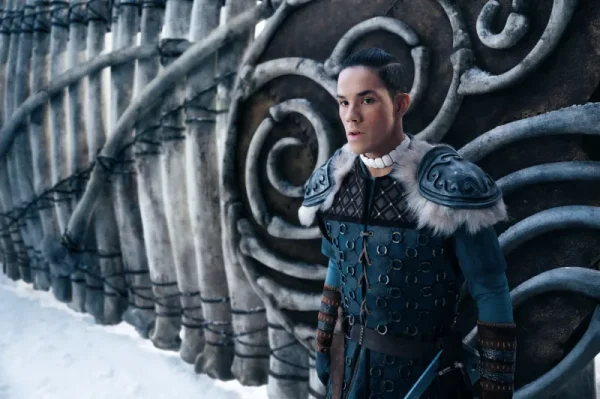
The only other concern with the characters was Elizabeth Yu as Azula. In the original series, Azula never showed up until the final episode. However, the new adaptation was adding more and more scenes of Auzla. Personally, I was super excited–I would get to see my favorite characters Mai and Ty Lee. However, these scenes changed Azula’s character, in some ways positive and some negative. They showed Azula’s insecurities and motives to be better than her older brother, Zuko, and to be strong in the eyes of her father, Ozai. This was nice to see because we don’t get to see Azula’s insecure side until the third season. In addition, Azula in season 1 and 2 has this eerie essence: she is full of ego and confidence. If you say one wrong word, she can and will kill you right then and there. However, we only see this side of her in one scene, where she is smiling while watching people being tortured. Despite my hesitation, I hope that they make Azua as terrifying as she was in the show.
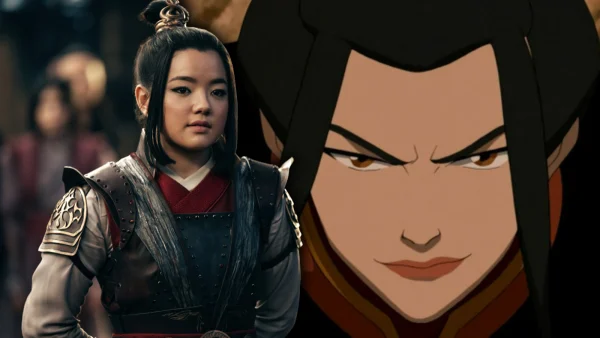
A showrunner of Avatar said that they wanted the new adaptation to “appeal to Game of Thrones Fans”. This included multiple scenes of burning people alive, and it was a dark turn for Avatar. What made the original Avatar so great was that it was aimed for kids–so for adults and teens, it is like a comfort show. This change in audience was surprising, and while not ‘bad’, it definitely didn’t feel like a cartoon anymore.
Despite the negative additions, all additions made to Zuko and Iroh’s characters were amazing. They included many flashbacks to both of their characters that weren’t in the original, one being Lu Ten’s (Iroh’s son’s) Funeral. If you have watched Avatar, you might be familiar with the song “Leaves from the Vine” that was playing in the background. This scene was so beautiful and essential to both of their characters, as their relationship is one of the best things about the show. This scene even made me tear up, so I take that as a win for the new adaptation. Iroh even says to Zuko, “Everything I need is on this boat”, referring that Zuko is all that matters to Iroh. It was at that moment when I realized that the writers understood the relationship between these two beloved characters.
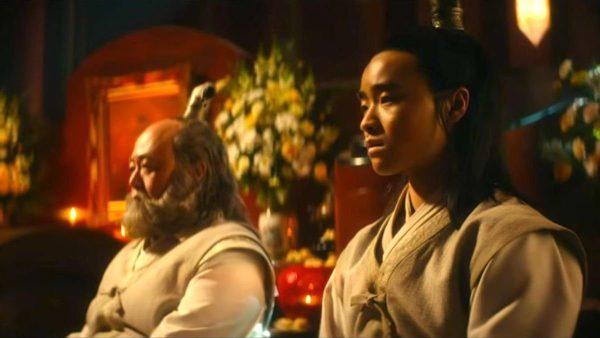
The original Avatar: the Last Airbender is simply one of the best shows out there. While this new adaptation is not perfect, no adaptation will ever be as good as the original, as you cannot improve on something that is already perfect. However, you can attempt it. As long as the original meanings are there, I say it’s a win. Netflix has just announced seasons 2 and 3 to be made, and fans are excited, yet cautious to let their hopes up. The live action isn’t a copy of the original, and it won’t be. It’s like a new lens to view the world of Avatar through. If fans accept that, seasons 2 and 3 will be very successful.



